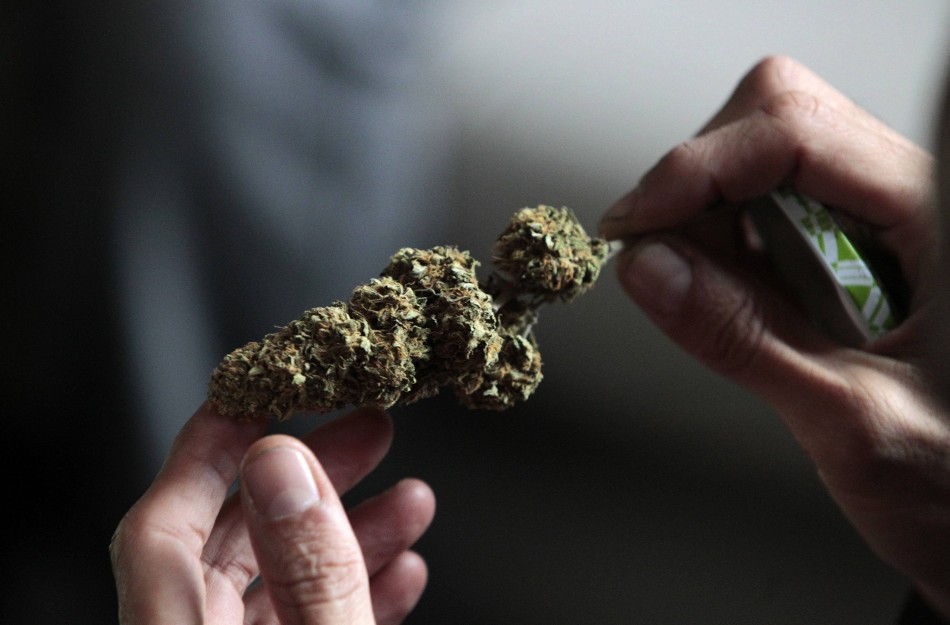
“Scientists are looking at the potential use of cannabis to treat and potentially cure severe forms of epilepsy.
The medical benefits of medical marijuana for neurological conditions like epilepsy are highly debated.
Examining the potential use of the drug, a series of articles in the journal Epilepsia, a journal of the International League Against Epilepsy, looks at its potential use for treating the syndrome.
Edward Maa, from the Comprehensive Epilepsy Program at Denver Health in Denver, Colorado, looks at a case study of a child with Dravet syndrome – a very severe form of epilepsy.
In the case, a mother provided her child with a strain of medical marijuana high in Cannabidiol (CBD) and tetrahydrocannabinol (THC) known as Charlotte’s Web.
When used with the child’s normal drug regime, seizures dropped from 50 convulsions per day to just two or three per month.”
http://www.thctotalhealthcare.com/category/dravet-syndome/




